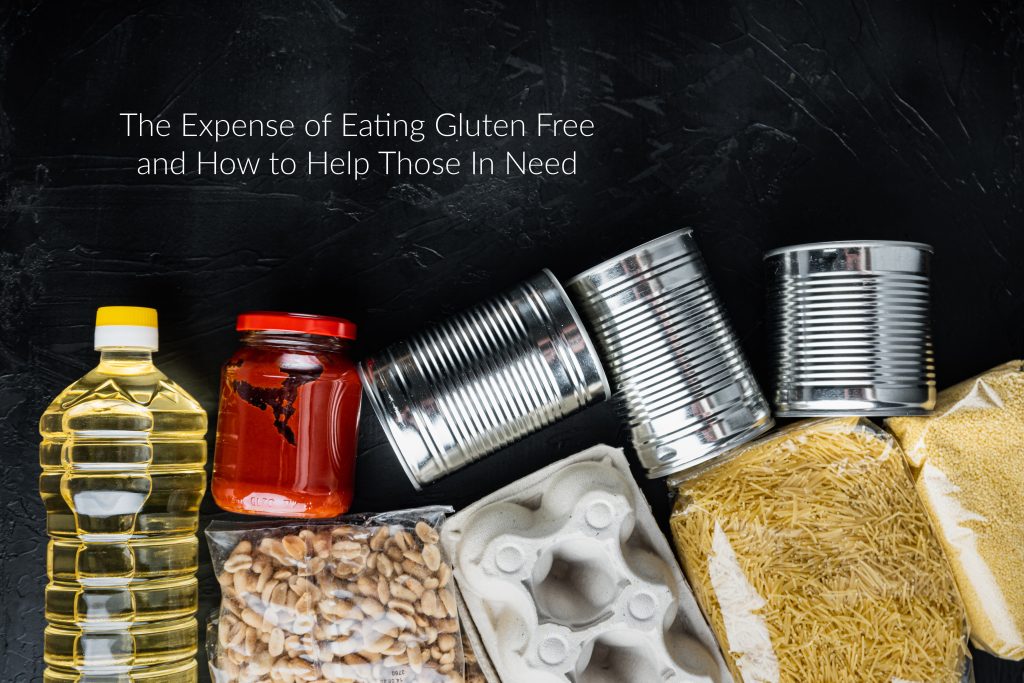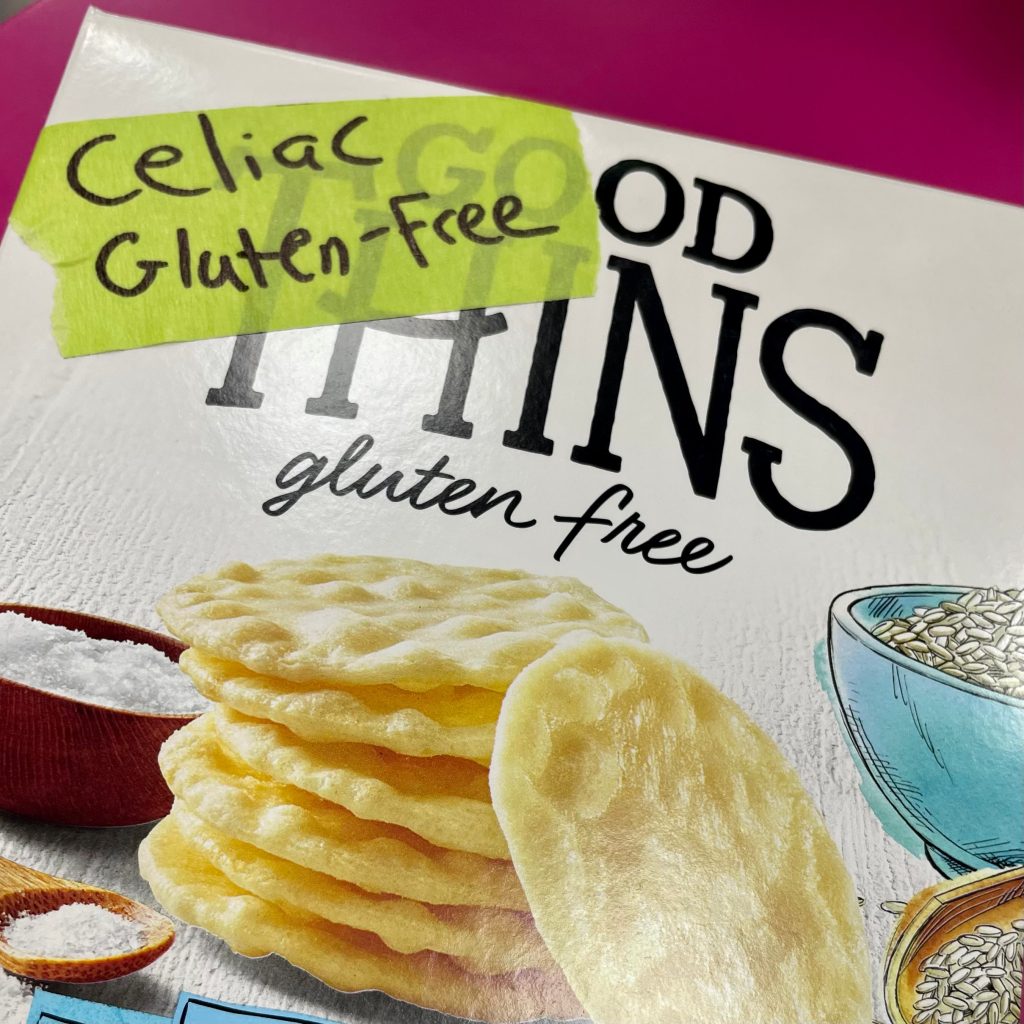The Expense of Eating Gluten Free and How to Help Those In Need
Last week I wrote about the price comparison of a loaf of gluten-free bread to a loaf of store brand white bread. I know those of us on a medically necessary gluten-free diet are aware of the price difference, but seeing the numbers, seeing that one loaf of gluten-free bread is 529% more expensive than a loaf of regular bread, is a lot to take in.
During Celiac Awareness Month I’ve also written about ways I save money on food, here and here. The key for me is avoiding packaged gluten-free products and eating naturally gluten-free food as much as possible. But having a gluten-free frozen pizza or a boxed mac and cheese is still expensive and sometimes it is simply a needed bit of normalcy amongst all that changes with such a major dietary change.
The inexpensive items and the sale items at grocery stores are not often gluten-free. Several years ago my favorite fella and I did the Hunger Challenge, living for a week on the budget of an adult receiving SNAP benefits. We did this with the benefit and privilege of knowing how to cook from scratch and having a well-equipped kitchen, but it was still a challenge.
There wasn’t much variety (we ate a lot of dried beans and rice, which requires a lot of cooking time and cooking vessels) and food was simply sustenance, not enjoyable. Fresh food was extremely limited and there were no packaged gluten-free foods. We weren’t aware of any local food pantries where people truly in need of food assistance could receive those items. Where would someone go in need of gluten-free food assistance?
Celiac disease and other gluten-related medical concerns do not have socioeconomic boundaries. Anyone of any race, age or gender can be diagnosed with celiac disease or develop another health concern that requires the elimination of gluten. How does anyone stick to the diet that is their only medicine when food insecurity is a very real issue in their life?
The best way I know to help is to donate to local food pantries where food assistance is available. I’ll leave links to resources below.
One suggestion before donating: Please consider marking gluten-free items with a vibrant color of painter’s tape and indicate the item is intended for someone with celiac disease or a medical condition requiring a gluten-free diet. One food pantry where I volunteer has a section for dietary considerations and keeps these items separate for their clients who need them.
In my area, Kansas City, The Food Equality Initiative maintains a program providing free-from food. You will need a referral from a doctor for this program.
From National Celiac Association, a list of pantries throughout the country where gluten-free food may be obtained
Michigan Gluten-Free Gal has a helpful post with a list of many food pantries across the country offering gluten-free food.
The Gluten Intolerance Group offers a gluten-free care package for those in need through their GIG Cares program.
If you are aware of other resources, please leave a comment below and I’ll add them to this post.



Leave a Reply